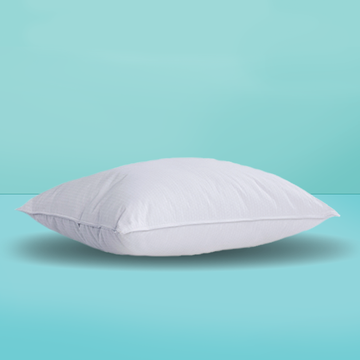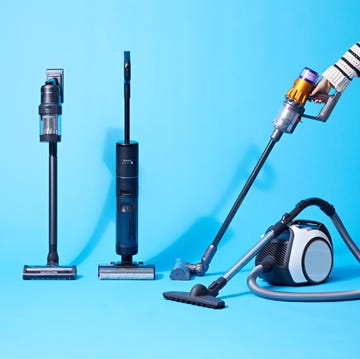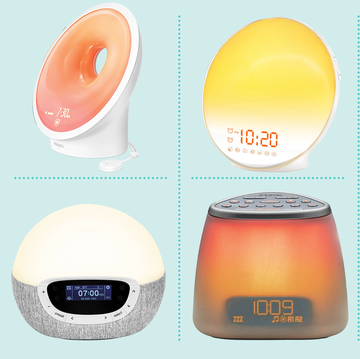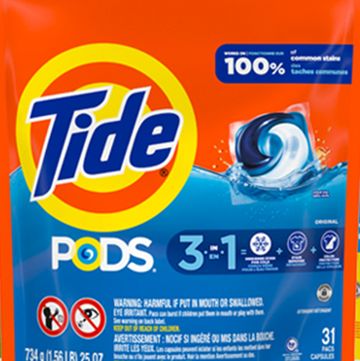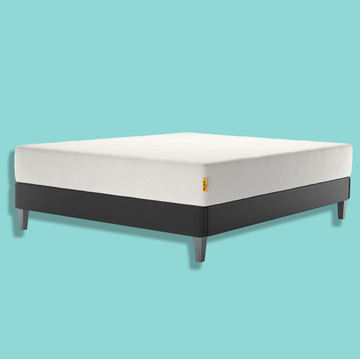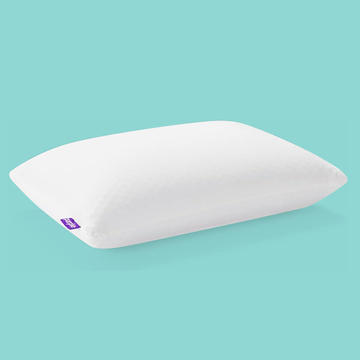5 Best Composite Decking Brands of 2024
Get the look of real wood — without all the fuss.

We've been independently researching and testing products for over 120 years. If you buy through our links, we may earn a commission. Learn more about our review process.
When I first started covering composite decking 25 years ago, it was hard to get excited about it. Most options looked pretty meh and performed even worse. Times have changed. Though composite decking is still made from the same basic formula of wood fibers, plastic and polymers, the ingredients and manufacturing process have gotten so much better.
Over the last three years, I’ve overseen the testing of a dozen new composite decking products in the Home Improvement and Outdoor Lab at the Good Housekeeping Institute. While some fared better than others in our tough tests, they’re all leaps and bounds ahead of first-generation composites in their ability to resemble real wood while fending off the effects of weather, mildew and more, all with minimal maintenance.
If you’re embarking on a deck redo, give today’s composite a look. Our top picks are all readily available from home centers or online retailers. And the best of the best should still be looking good 50 years later, so this could well be the last deck you ever install.
Having written thousands of product reviews and how-to articles on all aspects of home ownership, from routine maintenance to major renovations, Dan (he/him) brings more than 20 years of industry experience to his role as the director of the Home Improvement & Outdoor Lab at the Good Housekeeping Institute. A one-time roofer and a serial remodeler, Dan can often be found keeping house at his restored Brooklyn brownstone, where he lives with his wife and kids.
Watch Next


The 18 Best Natural and Organic Sunscreens of 2024
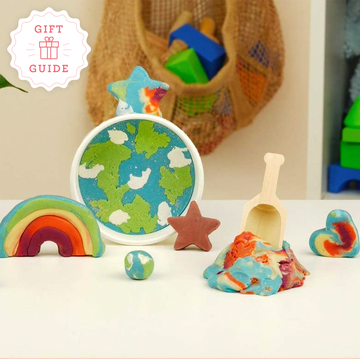
The Best Gifts for 3-Year-Olds
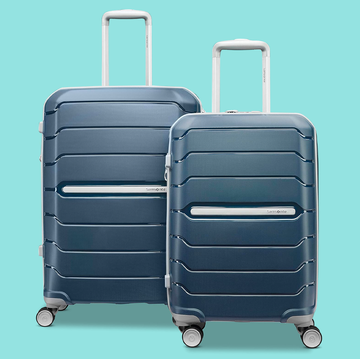
The Best Luggage Sets

The Best Water Flossers











